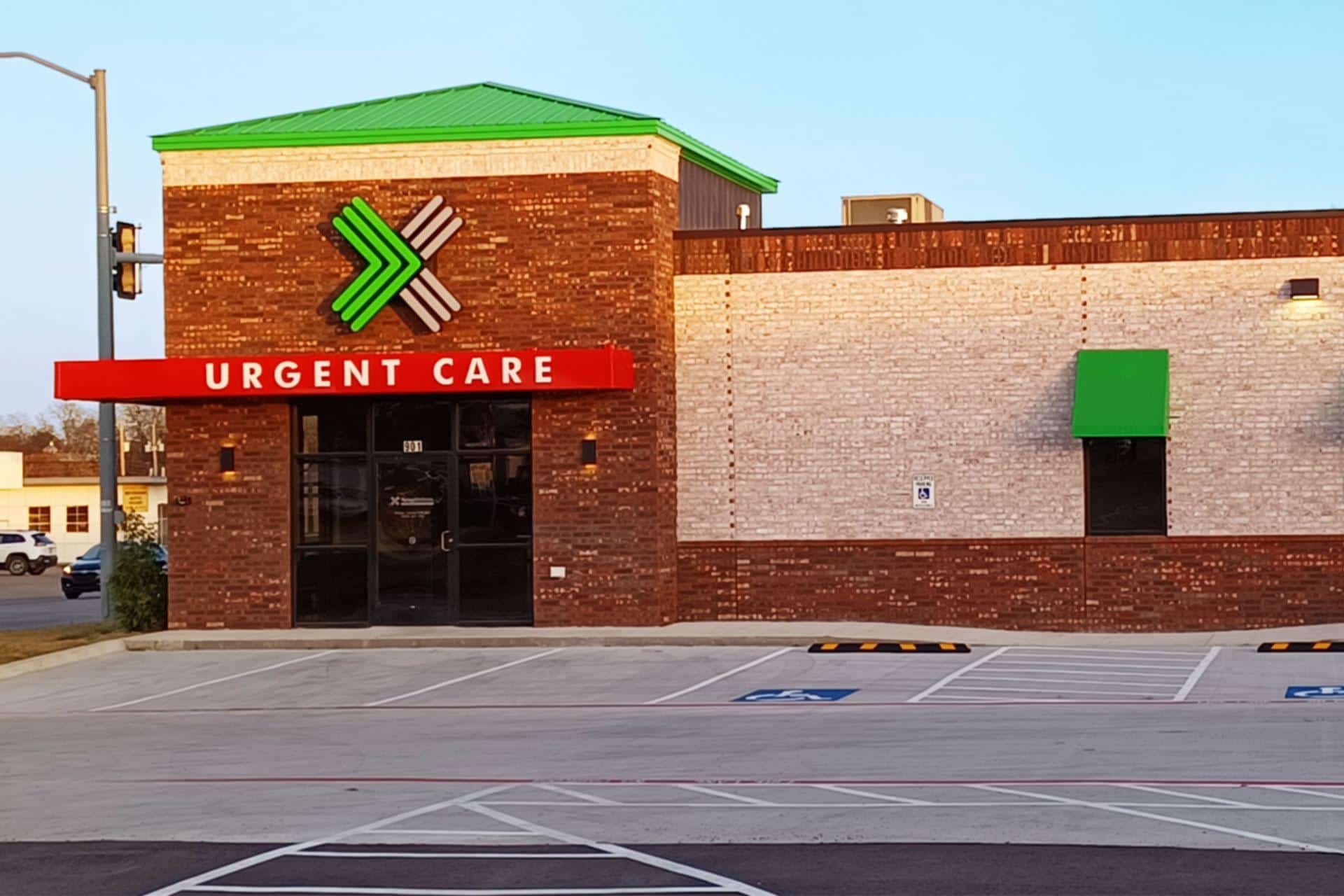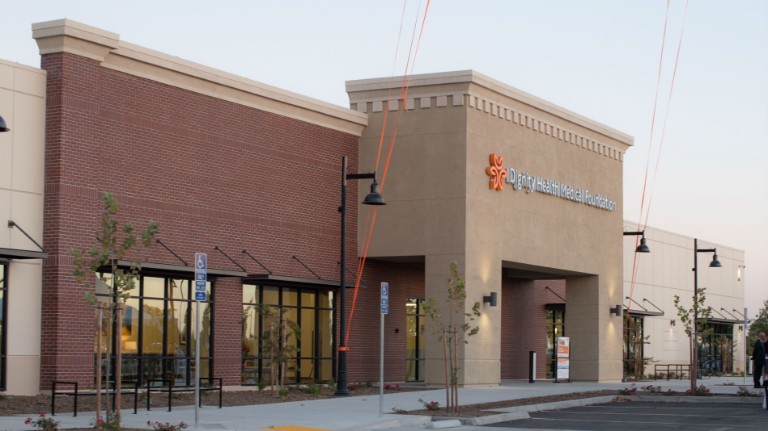The Ultimate Guide to Understanding Urgent Care Clinics
The Ultimate Guide to Understanding Urgent Care Clinics
Blog Article
Comprehending the Function of Urgent Treatment in Offering Timely Treatment for Non-Life-Threatening Problems
Immediate treatment centers have arised as a crucial element of the medical care landscape, addressing the immediate needs of individuals with non-life-threatening problems. Recognizing the subtleties of urgent care could significantly influence person results and the general performance of healthcare shipment.
What Is Urgent Treatment?
Urgent care describes a category of clinical services created to address non-life-threatening conditions that call for prompt interest. These facilities offer as an intermediary between main treatment physicians and emergency areas, offering a practical option for clients that require punctual care without the substantial waiting times normally linked with emergency departments.
Immediate treatment facilities are generally staffed by medical specialists, including doctors, registered nurse specialists, and doctor aides, who are trained to identify and deal with a vast variety of conditions. Usual services given by these centers include therapy for minor injuries, ailments, and infections, as well as diagnostic examinations such as X-rays and laboratory work.
The accessibility of urgent care is an essential aspect in its allure, as several centers run beyond regular office hours, consisting of nights and weekends. This extended availability allows clients to get timely treatment when their health care supplier might not be accessible. Furthermore, immediate care facilities usually approve walk-in clients, getting rid of the requirement for consultations. Generally, urgent treatment plays an essential duty in the healthcare system, making sure people can access important clinical solutions without delay and successfully.

When to look for care at an immediate treatment facility instead of a primary care physician or an emergency room,Several individuals may locate themselves unclear concerning. Immediate treatment is designed to address non-life-threatening problems that require prompt interest yet are not serious adequate to require an emergency clinic see.
Usually, one need to think about urgent take care of issues such as small cracks, sprains, cuts needing stitches, or infections like urinary tract infections. Furthermore, cold or influenza signs, rashes, and allergic responses can also be properly taken care of in this setup.
It is vital to keep in mind that urgent treatment is not ideal for dangerous emergency situations, such as chest pain, trouble breathing, or extreme bleeding, which require prompt emergency clinic treatment.
People who lack accessibility to a health care medical professional or can not protect a prompt appointment might additionally take advantage of urgent care services. Ultimately, understanding when to use immediate treatment can bring about more effective health care delivery, enabling people to receive the proper degree of care based on their particular health and wellness requirements.
Advantages of Urgent Treatment Centers
Picking immediate treatment facilities for non-life-threatening problems offers several advantages that improve client experience and access. One primary advantage is the lowered delay times contrasted to typical emergency situation areas. Immediate treatment centers generally operate on a first-come, first-served basis, allowing patients to receive timely medical attention without the lengthy hold-ups often connected with medical facility settings.
Additionally, urgent care facilities give extended look here hours, consisting of nights and weekend breaks, suiting individuals with varying schedules. This adaptability makes certain that individuals can seek treatment when it is most practical for them, even more promoting prompt intervention.

Furthermore, these facilities usually supply an extensive variety of services, consisting of analysis examinations and small treatments, all under one roof covering. This consolidation of services not only improves the client experience however likewise promotes a more natural strategy to taking care of non-life-threatening health and wellness problems, eventually benefiting overall patient outcomes.
Common Conditions Dealt With
At immediate care facilities, a selection of non-life-threatening conditions can be properly treated, giving patients with timely and easily accessible medical aid. These facilities are especially skilled at addressing concerns that require timely focus but do not position a prompt risk to life or limb.
Common conditions dealt with at urgent care centers include small injuries such as fractures, pressures, and strains. Urgent treatment facilities are equipped to do necessary diagnostic tests, such as X-rays and research laboratory tests, enabling them to supply comprehensive care.
In addition, immediate care carriers can administer vaccinations, aiding to avoid the spread of infectious conditions - Urgent Care. They also supply services for small treatments, such as suturing wounds or draining abscesses. By supplying these varied services, immediate care centers play an important duty in linking the void in between health care and emergency solutions, guaranteeing patients obtain timely treatment for a wide variety of conditions without the demand for long haul times commonly related to emergency clinic
How Urgent Treatment Supports Medical Care System
Urgent treatment centers play a critical function in sustaining the general medical care system by easing the burden on emergency situation departments and providing prompt access to clinical care for non-life-threatening problems. By dealing with instances such as small injuries, infections, and illnesses, immediate care facilities enable emergency departments to focus on even more important individuals needing prompt interest.
Additionally, urgent care facilities improve health care ease of access, offering extensive hours and a more hassle-free option to traditional medical care setups. This access is especially valuable for clients that may not have a routine physician or who call for prompt treatment outside of normal workplace hours. Because of this, immediate treatment centers properly minimize more information enhance and wait times person contentment.
Additionally, i loved this immediate treatment centers add to cost financial savings for both patients and the healthcare system by supplying lower-cost solutions compared to emergency departments. This monetary performance is essential in an era of rising healthcare costs, enabling clients to receive necessary care without sustaining exorbitant expenses.
Verdict
In conclusion, urgent treatment facilities play an essential role in the health care system by delivering timely therapy for non-life-threatening problems. By linking the void in between medical care and emergency situation spaces, these centers make certain that individuals get timely clinical interest without the prolonged wait times generally connected with emergency situation departments. The ease of access and efficiency of immediate care centers add considerably to reducing the total problem on health care resources, boosting individual outcomes, and advertising a much more effective medical care distribution system.
Immediate treatment centers have actually arised as a crucial part of the medical care landscape, attending to the prompt needs of clients with non-life-threatening conditions. Urgent treatment gos to generally sustain lower out-of-pocket expenditures compared to emergency division gos to, making treatment much more economical for people without jeopardizing quality. Immediate treatment centers are furnished to carry out essential diagnostic examinations, such as X-rays and laboratory tests, allowing them to offer comprehensive care.
By supplying these diverse solutions, immediate care facilities play an essential function in linking the gap in between primary treatment and emergency solutions, guaranteeing people receive prompt therapy for a wide array of conditions without the demand for long delay times typically linked with emergency areas.
Furthermore, immediate care facilities enhance medical care ease of access, using extensive hours and a more practical option to standard main treatment setups.
Report this page